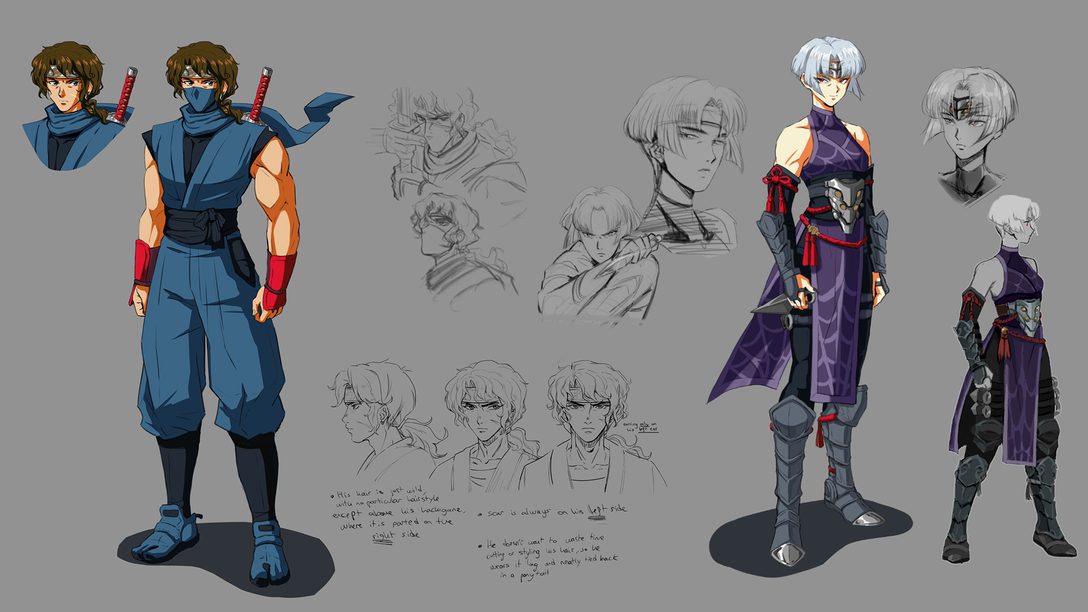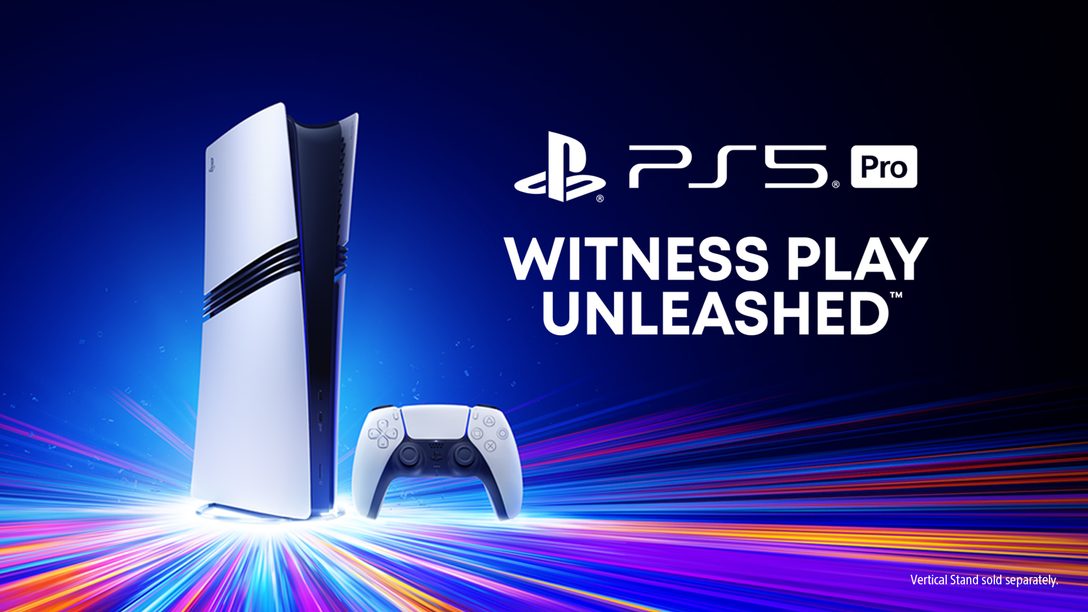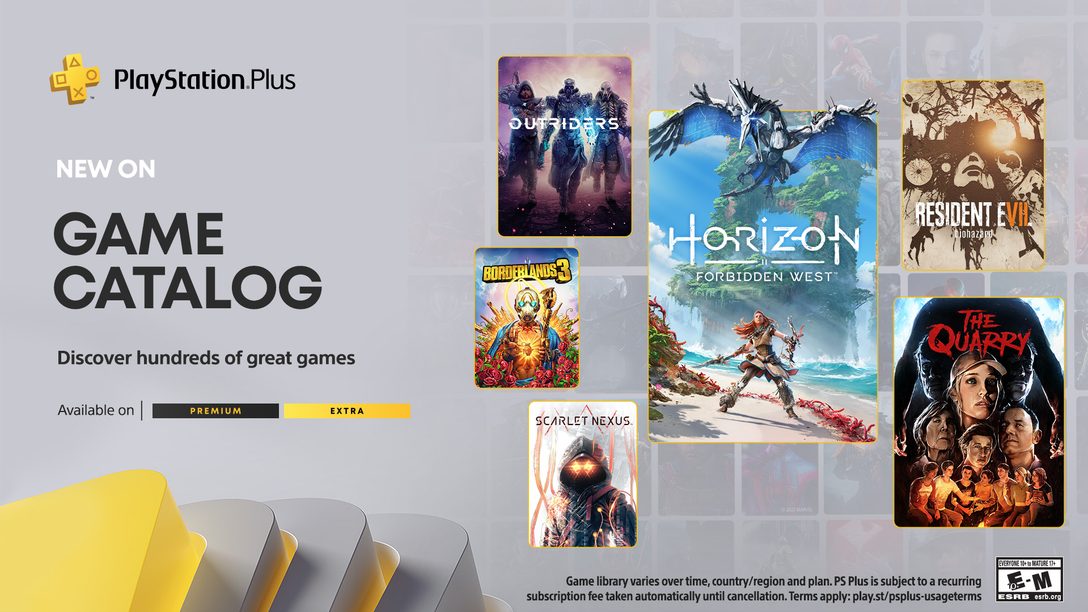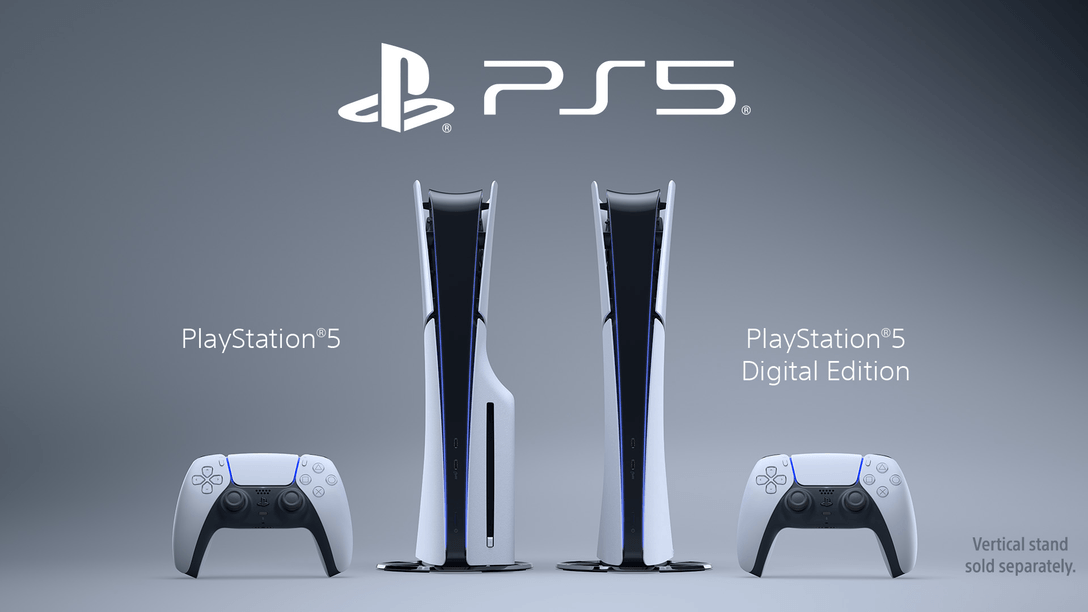
The Game Kitchen developers unveil their journey to forge a visually stunning homage to the classic action franchise.
On behalf of the team at The Game Kitchen, we’re thrilled to share that Ninja Gaiden: Ragebound is ready to go and will launch next week on July 31! To celebrate, we’d like to look back on the project’s creative journey and share a glimpse into how the game’s art style was developed, refined, and ultimately brought to life.
When Dotemu approached us to create a new entry in Team Ninja’s iconic 2D Ninja Gaiden series, pixel art felt like the natural choice. It allowed us to honor the look of the original trilogy while drawing on The Game Kitchen’s own experience with the medium. Yet pixel art is incredibly versatile, capable of conveying very different aesthetics: from the dark baroque atmosphere of Blasphemous to the minimalist style of The Last Door. We knew Ragebound required a distinct visual identity, different from anything we’d done before.
The last installment of the original 8-bit Ninja Gaiden series was released in 1991, featuring character designs and cover art that shared the same aesthetic as the anime OVA launched that year. As our mission was to bring the series back to its roots, we asked ourselves: What if Ninja Gaiden had continued into the mid-90’s as a 2D series? This idea became the foundation to define Ragebound’s visual style: vibrant, high-quality pixel art inspired by the 16- and 32-bit era, combined with the bold, dynamic designs typical of 90’s seinen anime.
To share how we brought this vision to life, two members of our team, Jesús Campos and María Lozano, discuss their creative process below.
Jesús “Nerkin” Campos, is a senior pixel artist at The Game Kitchen, acclaimed for his environmental art on the Blasphemous series. As the Art Director for Ninja Gaiden: Ragebound (and avid retro game lover), he took inspiration from classic 16- and 32-bit games to create vibrant, fluid pixel art full of energy and action. While honoring the legacy of the original Ninja Gaiden titles, Jesús also wanted to elevate the visuals to modern standards, blending traditional graphics with current quality and techniques. Pushing pixel art to new heights has become one of The Game Kitchen’s trademarks, he states.
Discussing the creative process, Jesús shares that one of the biggest challenges was dealing with limited colors and detail due to the low resolution, while still managing to convey the mood of each moment in the adventure and the atmosphere of every zone. He explains that to overcome this, the team put great care into selecting precise color palettes, designing texture tiling and layering decorative elements and parallax effects to bring depth and vibrancy to the environments.
Jesús also states that the most critical aspect of art applied to level design was ensuring clarity and readability. Given that the game was an action-platformer, it was essential for characters and enemies to stand out distinctly from the background so players could immediately identify and engage with them. He noted that the geometry of the levels (including floors, ceilings, and platforms) had to remain clear and recognizable, allowing players to fight and navigate without confusion while subtly guiding them toward their next objective. Finally, Jesús emphasizes how much the team enjoyed adding decorative details and animations to bring the game’s world to life, making it feel organic and immersive.
María “Maiku” Lozano, is a concept artist renowned for her character designs across multiple indie games and her work as a cover illustrator for Spanish gaming magazines. For Ninja Gaiden: Ragebound, she worked closely with Jesús to develop character concepts for heroes, bosses and enemies, as well as to create the storyboards for all of the cut-scenes.
María emphasizes the importance of designing clear silhouettes that instantly convey danger or unique traits, which is crucial in pixel art where fine details can easily be lost. Achieving the final designs often required numerous iterations, experimenting with clothing, hairstyles, and color schemes until each character’s identity felt right.
In designing protagonists Kenji and Kumori, María focused on strong visual and personality contrasts to make them stand out as narrative opposites like day and night. Kenji features loose, flowing fabrics in bright colors and wind-swept, voluminous hair, radiating a vibrant and determined energy typical of a central hero. In stark contrast, Kumori’s sleek, angular clothing with metallic accents, sharper edges, and a cooler palette, combined with perfectly straight hair, conveys precision and a more urban, calculated demeanor. Even textures and movement, like Kenji’s fluttering scarf, were designed to highlight these differences, making Kenji feel warm and organic while Kumori appears controlled and cool.

When creating monsters and enemies, María drew inspiration from mythology, nature, art, and real-life imagery, aiming for designs that feel unique and emotionally resonant. She believes each creature should carry narrative or symbolic meaning, adding depth to the world. While cultural or folklore motifs often spark ideas, she prefers to reinterpret them creatively rather than replicate them directly, ensuring her designs stay fresh and original.
Creating Ninja Gaiden: Ragebound has been an exciting challenge and a true honor for our team. Bringing this classic series back to life meant staying faithful to its roots while trying to push an already amazing formula to new heights and, thanks to the talent and dedication of artists like Jesús and María, we believe we’ve managed to create a new chapter worth playing.
We’re eager for players to dive in when the game launches on PS4 and PS5 on July 31, and we hope fans old and new will find plenty to enjoy.











Comments are closed.
1 Comment
Loading More Comments